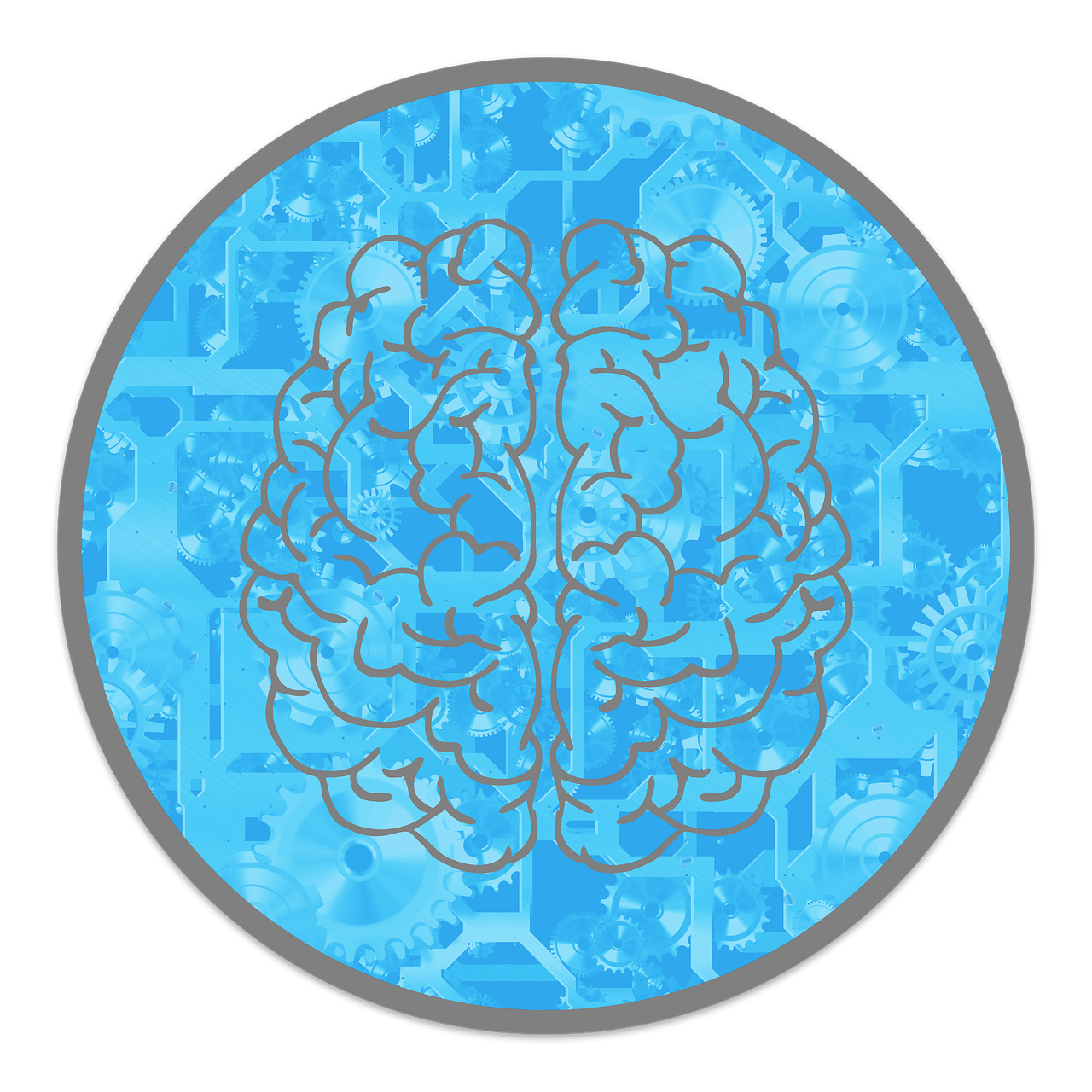
Life’s basically one big decision marathon.
Some choices are tiny (oat milk or almond?), others feel like plot twists in a Netflix drama (career moves, love life chaos).
And yeah, picking a show to watch can weirdly feel harder than filing your taxes.
We’ve all been there—spiraling over texts, regretting impulse buys, or clinging to a “meh” situationship.
But here’s the deal: you can get better at making choices.
This guide is your decision-making glow-up—packed with simple, science-backed tips to help you stress less and choose smarter.
No fluff, no corporate speak—just real talk and tools you can actually use (with a side of brain science and brunch-worthy wisdom).
Why Effective Decision-Making Matters
Decision-making isn’t just about picking pizza toppings or what show to binge next (though those are obviously important).
The choices we make—big and small—shape everything.
Personal growth
Want to become the best version of yourself? Cool.
That starts with making better choices.
Whether it’s saying yes to therapy, no to drama, or finally signing up for that coding bootcamp, smart decisions are the tiny dominoes that lead to big, meaningful change.
You’re basically building your own “character arc” one choice at a time.
Career advancement
You know those people who always seem to be two steps ahead at work? It’s not luck—it’s strategy.
They know when to speak up, when to take a risk, and when to leave a job that’s killing their soul.
Strategic decision-making is their secret sauce.
It’s like playing chess while everyone else is stuck on Candy Land.
Relationships
Choosing who you let into your life—and who you don’t—makes or breaks your emotional well-being.
Healthy boundaries? Clear communication? Walking away from a red flag wearing a tuxedo?
All decisions. All powerful.
Your relationships reflect your choices more than your zodiac sign ever will.
Financial stability
Every swipe, click, and “Treat yourself!” moment adds up.
Deciding to budget, invest, or just not buy a $200 skincare serum because TikTok told you to—that’s future-you thanking you for adulting.
Smart money moves today = less financial anxiety tomorrow.
Back in the ’70s, psychologists Tversky and Kahneman (the Beyoncé and Jay-Z of behavioral science) discovered something wild—we’re not as rational as we think we are.
Our brains come with built-in glitches, aka cognitive biases.
These mental shortcuts help us make quick decisions but often lead us straight into bad-idea territory.
Think: buying crypto because your barber said it’s the next big thing.

Top Decision-Making Strategies for Everyday Life
Let’s dive into the most effective, research-backed decision-making strategies you can start using today:
1. The Eisenhower matrix: Prioritize your tasks
Named after President Eisenhower (basically the OG productivity king), this simple 2×2 grid helps you stop stressing over your to-do list by sorting tasks like a boss:
| Urgency | Importance | Action |
| Urgent & Important | Do it now |
Immediate action
|
| Important but Not Urgent | Schedule it |
Plan and prioritize
|
| Urgent but Not Important | Delegate it | Pass to others |
| Neither Urgent nor Important | Eliminate it |
Remove or ignore
|
This method helps cut the chaos, so you can focus on what actually matters—and maybe even finish your day without feeling like a fried circuit board.
2. The 10/10/10 Rule: Consider long-term impact
This gem comes from Suzy Welch, and it’s a total game-changer for catching yourself before you make a snap decision you’ll regret.
Here’s how it works: ask yourself three simple questions before committing to anything, whether it’s quitting your job or texting your ex “just to check in.”
- How will I feel 10 minutes from now?
Probably excited, nervous, or like you just dropped a plot twist.
- 10 months from now?
Will you still be glad you said yes—or will you be untangling the mess?
- 10 years from now?
Will it still matter at all?
This rule zooms you out of the “right now” brain fog and helps you channel your inner wise elder.
Basically, you’re using future-you as your decision-making Yoda.
3. Pros and cons list: Simplify complex choices
Making a pros and cons list is like Marie Kondo-ing your brain.
You write down the good, the bad, and the “meh” about your options.
It helps when your emotions are loud, your gut is confused, and your brain is spinning like a TikTok reel.
Bonus tip: Don’t just count the items—weigh them. One “pro” might carry the emotional weight of five “cons.” Use emojis, highlighters, whatever. Just make it visual and real.
Perfect for: choosing between job offers, deciding whether to move cities, or figuring out if you actually like that person or just their Spotify playlists.
4. The OODA loop: Decide in fast-paced situations
Originally created by military strategist John Boyd (aka the original “think fast” guy), the OODA Loop is designed for situations where things are moving fast—like negotiations, emergencies, or trying to reply to a spicy group chat message without causing drama.
Here’s the loop:
- Observe – What’s really going on here? Get the facts.
- Orient – What do you know? What’s the context? What biases might be clouding your view?
- Decide – Pick the best option with the info you’ve got.
- Act – Go for it. Don’t freeze.
And then? Loop back and repeat. Adjust as you go.
It’s like decision-making on “live mode.” Super useful when the stakes are high and overthinking could get you in trouble.
5. Minimize regret: Use the regret-minimization framework
This one’s straight from Jeff Bezos, before he went full Lex Luthor.
When you’re stuck on a tough life decision—like launching a business, moving across the country, or finally unfollowing that toxic influencer—ask yourself:
“When I’m 80, will I regret not doing this?”
It’s a powerful mental reframe.
Suddenly, your focus shifts from fear of failure to fear of regret.
You get out of your head and into your heart.
This method helps you align your choices with your core values, not just what feels safe in the moment.
Use this when you’re stuck in the “Should I play it safe or go big?” spiral.
It’s long-term thinking with a soul.

Overcoming Common Decision-Making Pitfalls
Even with the best strategies, our brains love to throw wrenches into the mix.
Here are some common decision-making traps—and how to sidestep them like a pro:
1. Beware of analysis paralysis
Ever spent an hour choosing between two brands of almond butter? Yeah, that’s analysis paralysis—aka overthinking everything until you end up doing… nothing.
Fix it: Give yourself a deadline. Seriously—set a timer. Decision made is better than decision delayed (unless it’s a face tattoo—take your time there).
2. Watch out for confirmation bias
We all love being right—so much that we subconsciously ignore info that challenges our beliefs.
It’s like only listening to friends who hype up your bad ideas.
Fix it: Play devil’s advocate. Ask yourself, “What if I’m wrong?” Better yet, talk to someone who doesn’t always agree with you (ideally not your mom). Different views = smarter decisions.
3. Avoid decision fatigue
The more decisions you make, the more your brain turns to mush.
That’s why CEOs wear the same outfit every day—less wardrobe stress, more brainpower for big stuff.
Fix it: Automate the basics. Meal prep on Sundays. Set a go-to outfit.
Keep your mental energy reserved for the real MVP decisions—like negotiating your salary or deciding whether to ghost your situationship.
The Science Behind Smart Decision-Making
Alright, time for a little brain science—but don’t worry, no pop quiz at the end.
When you make a decision—whether it’s buying a house or picking tacos over salad—your brain’s got two major players in the game:
- The prefrontal cortex (the rational thinker)
- The limbic system (the emotional vibes department)
According to neuroscientist Antonio Damasio’s somatic marker hypothesis (yes, it sounds fancy), your emotions aren’t just tagging along—they’re actually helping guide your decisions, especially when things feel uncertain.
Think of them like your inner GPS, nudging you toward or away from stuff based on past experiences (and possibly trauma, but that’s for another day).
Now enter Daniel Kahneman—the psychology rockstar behind Thinking, Fast and Slow.
He broke it down like this:
- System 1 is your fast, gut-feeling, “I’ll just wing it” mode. It’s great for quick calls, like dodging a flying tennis ball or picking avocado toast without a second thought.
- System 2 is your slow, logical, “let me overthink this for three days” brain. It’s the one you call in for budgeting, writing pros-and-cons lists, or deciding whether to move cities.
The magic happens when you balance both.
Let your intuition get the conversation started, but invite your logic in to double-check the details.
It’s like having both Sherlock Holmes and a Golden Retriever on your decision-making team—each plays their part.

Practical Tips to Apply These Strategies Today
Let’s be real: reading about strategies is great, but actually using them? That’s the real flex.
Here’s how to take all this decision-making wisdom and actually apply it without needing a life coach on speed dial:
Use a decision journal
Every time you make a big call (new job, major purchase, finally blocking your ex), jot down:
- What you decided
- Why you chose it
- How it turned out
It’s like giving future-you a cheat sheet for how your brain works—and you’ll start spotting patterns faster than Netflix drops new rom-coms.
Set criteria upfront
Before diving into options, decide what actually matters.
Is it price? Time? Emotional damage?
Get clear early, or you’ll end up making choices based on shiny distractions (looking at you, impulse buys and toxic exes with good playlists).
Take breaks
Feeling stuck? Close the laptop, walk your dog, do literally anything else.
Your brain loves a reset.
And if it’s a big decision? Sleep on it. It’s not procrastination—it’s neuroscience-approved clarity.
Limit your choices
Too many choices = brain overload. Narrow it down to 3-5 solid contenders.
Trust me, fewer options = less stress + fewer “what if” spirals at 2 a.m.
Practice mindfulness
You don’t need to become a monk, but five minutes of deep breathing or a quick meditation sesh can do wonders.
Mindfulness lowers stress and gives your decision-making brain (hi, prefrontal cortex) more power to shine.

Conclusion: Master Your Decisions, Master Your Life
Life’s basically a never-ending episode of “Choose Your Own Adventure”—from what to binge tonight to chasing big dreams.
Good news: decision-making isn’t magic, it’s a skill.
With tools like the Eisenhower Matrix (Ike’s legacy), the 10/10/10 Rule, the OODA Loop, and Bezos’ no-regrets mindset, you’ve got the ultimate cheat codes.
No one’s perfect—not even Beyoncé (probably).
What counts is staying clear, true to yourself, and learning as you go.
So next time you’re stuck—whether it’s life or pizza—pause, pick a strategy, and own it like a boss. Your brain’s got this.



